From March 30 to Sept. 5, 2023, one of the greatest artists of the seventeenth century, Luca Giordano (Naples, 1634 - 1705), is the protagonist of an exhibition in Florence, the city where he left, inside Palazzo Medici Riccardi, splendid testimonies of his work. These are the two vaults painted for the Galleria degli Specchi and the Biblioteca Riccardiana. The palace, the first great residence of the Medici, symbol of family power and of the Medici Bank, acquired in the mid-17th century by the Riccardi family, was thus enriched according to the decorative taste of the time. And it is precisely Palazzo Medici Riccardi that hosts the exhibition Luca Giordano. Baroque Master in Florence, organized by the Metropolitan City of Florence and MUS.E with the support of Business Strategies, and curated by Riccardo Lattuada, Giuseppe Scavizzi and Valentina Zucchi.
The exhibition focuses on the relationship between the Neapolitan painter, who spent a period of his life in Florence between 1682 and 1686, and the great Florentine families, who were ready to welcome the novelties of his painting and invest him with important executions. These included, in addition to the Medici grand dukes, the Del Rosso, Corsini, Sanminiati, Andreini, Martelli and Riccardi families, to whom the painter would leave important masterpieces on canvas and fresco destined to mark the history of Baroque in the city.
On display is a selection of about 50 works, some of which have never before been seen in Florence and are deeply connected to the frescoes in the Palazzo. These include a series of ten sketches from the Mirror Gallery and the vault of the Riccardiana Library, owned by the National Gallery in London, which for the occasion will be placed in direct dialogue with the vault. And again, the Virtues distributed in various European private collections and then paintings from prestigious Italian museums such as the Uffizi Galleries, the Museo dell’Opera del Duomo in Siena, the Stibbert Museum in Florence and the Museo di Palazzo Mansi in Lucca in addition to works from private Italian and American collections. These will be counterbalanced by documents related to Riccardi’s commission, the definition of the invention and the execution of the paintings, held in city libraries and archives. The exhibition will investigate further aspects of Luca Giordano’s Florentine commissioning and activity, highlighting in particular the works that are closest in subject matter, most original in technique and most significant in the painter’s excursus, weaving a highly suggestive narrative.
The exhibition opens with theSelf-portrait from the Pio Monte della Misericordia in Naples, datable to around 1680-1692, and moves on to some early drawings from Pietro da Cortona’s frescoes in Palazzo Barberini, Rome. The paintings depicting St. Sebastian, on loan from the Museo Nazionale di Palazzo Mansi in Lucca, and Apollo and Marsyas (from the Museo Stefano Bardini in Florence), presumably executed in the 1660s and inspired by the tenebrous language of Jusepe de Ribera and Mattia Preti-widely appreciated in Naples-lead us instead back to Florence, testifying to the esteem for the painter by patrons in the Tuscan capital already at this time: the first painting originally came from the collection of Cardinal Leopoldo de’ Medici, the second from that of Abbot Pier Andrea Andreini.
Among the other paintings in the exhibition, The Triumph of Galatea (on loan from the Uffizi Galleries) well represents the favor enjoyed by the painter in the city: it appears in the late 17th century in the collections of Grand Prince Ferdinando de’ Medici, but it also refers to further redactions of the same subject in the Florentine Sanminiati and Del Rosso collections. The picture gallery of the Florentine brothers Andrea, Ottaviano and Lorenzo Del Rosso actually numbered over forty paintings by Luca Giordano in 1689. The richness and variety of the Del Rosso acquisitions are evidenced here by the paintings with scenes from the Passion of Christ: two of which are now in Siena and one in the Uffizi Galleries. They are joined by the valuable wicker fresco depicting the Samaritan Woman at the Well (now privately owned), an example of the painter’s technical virtuosity. The Glory of St. Andrea Corsini in the dome developed in an airy and resplendent key, is well remembered thanks to the precious sketches preliminary to the execution of the fresco, from the Uffizi Galleries, which are accompanied by two spectacular paintings of heroic subject, also referred to the Corsini and for the first time re-presented in pairs. The juxtaposition of these two paintings, of considerable size, and the sketches for the Corsini Chapel, themselves referred to a wall decoration, also allows us to grasp Giordano’s versatility. The intense production for churches and convents is matched by an equally virtuoso rendering of historical themes, well exemplified by the two paintings featuring the legendary Marcus Curtius (private collection) and Lucius Junius Brutus (from the Casa Martelli Museum in Florence).
As evidence of theMedici court’s appreciation, Vittoria Della Rovere, wife of Grand Duke Ferdinand II commissioned the intimate and devout Escape to Egypt (owned by the Uffizi Galleries) and the intense allegory of the theological virtue of Hope (from a private collection). The Judgement of Paris (part of the collection of the Museo Civico di Palazzo Chiericati in Vicenza) equally referable to the early Florentine period, is further evidence of Pietro da Cortona’s skillful reworking of his lesson in a classical tone, while the scene of Atalanta and Hippomenes (private collection) stands as a masterful outcome of his technical skill: painted on wicker with a clear and luminous palette, it is inventoried in 1715 in this palace, among the paintings of the Riccardi collection.
The purpose of the exhibition is then also to give new prominence to the frescoes in the Gallery and Library, which, in addition to benefiting from a new lighting system, are being studied by the Opificio delle Pietre Dure in order to further investigate the peculiar technique employed by Luca Giordano. The vault of the Mirror Gallery is presented not only as an illusionistic challenge but also as a shining tale of myths, punctuated by the cardinal virtues placed at the corners and culminating with a celebration of the Medici in the center, to whom the Riccardi were largely grateful. Mirroring this decoration is the vault of the Library, where the Allegory of Divine Wisdom is depicted, which Luca Giordano is said to have painted in just five days between 1685 and 1686. These precious artistic testimonies, together with the decoration of the Corsini Chapel in Santa Maria del Carmine and a series of paintings commissioned by other great Florentine families-including the Medici and Del Rosso families-compose an interesting picture of the artist’s presence in Florence.
For these reasons, the exhibition is centered onGiordano’s Florentine activity in 1682-1683 and 1685-1686, devoting special attention to the ceiling of the Galleria degli Specchi inside Palazzo Medici Riccardi: indeed, the exhibition intends to relate Riccardi’s marvelous paintings, specially enhanced during the exhibition period, to other works closely related to them in terms of both iconography and period of execution, broadening the sphere of interest to the painter’s other Florentine sojourns and updating the exhibition narrative based on the most up-to-date research on the artist’s corpus.
The Riccardiana Library, which houses in its study room one of the two frescoes executed by Luca Giordano for the Riccardi, opens at the same time an exhibition entitled From Books to Painting. Viaggio tra le fonti iconografiche di Luca Giordano a palazzo Medici Riccardi curated by Francesca Gallori with Rossella Giovannetti, Letizia Paolettoni and Giovanna Lazzi. The exhibition intends to flank, complementing it on the literary and iconographic sides, the exhibition promoted by the Metropolitan City of Florence and MUS.E. The exhibition is composed entirely of books, manuscripts and drawings from the Riccardiana Library, and intends to recount some of the myths of the frescoes through the images of the various literary sources that may have served as models for the painter: the Tabula Cebetis, The Sphere of Dati, Ovid’s The Metamorphoses in its many versions, Stefano della Bella’s engravings, the representations of the Medici festivals, as well as the famous repertories of images by Ripa, Cartari and Alciati, Giovan Battista Ferrari’s Flora with the beautiful engravings taken from drawings by Piero da Cortona, Guido Reni and Andrea Sacchi. Giovanni Battista Foggini’s three studies for stuccoes and the design for a mirror in Anton Domenico Gabbiani’s salon, all part of the refined Riccardi collection of drawings, conclude the tour.
The Biblioteca Moreniana, a jewel of the Metropolitan City based in the palace, has also contributed a small exhibition section that can be visited in its reading room and in the museum itinerary, which offers some seventeenth- and eighteenth-century evidence of the fortunes of Giordano and his works in Florence.
The visit to Palazzo Medici Riccardi is accompanied by an invitation to visit the places in the city that preserve works by Luca Giordano related to his stay in the city, in an “off-exhibit” itinerary that includes the Uffizi Galleries with Palazzo Pitti, the Corsini Gallery, Santa Maria del Carmine, Santa Maria Maddalena dei Pazzi and the Casa Martelli Museum.
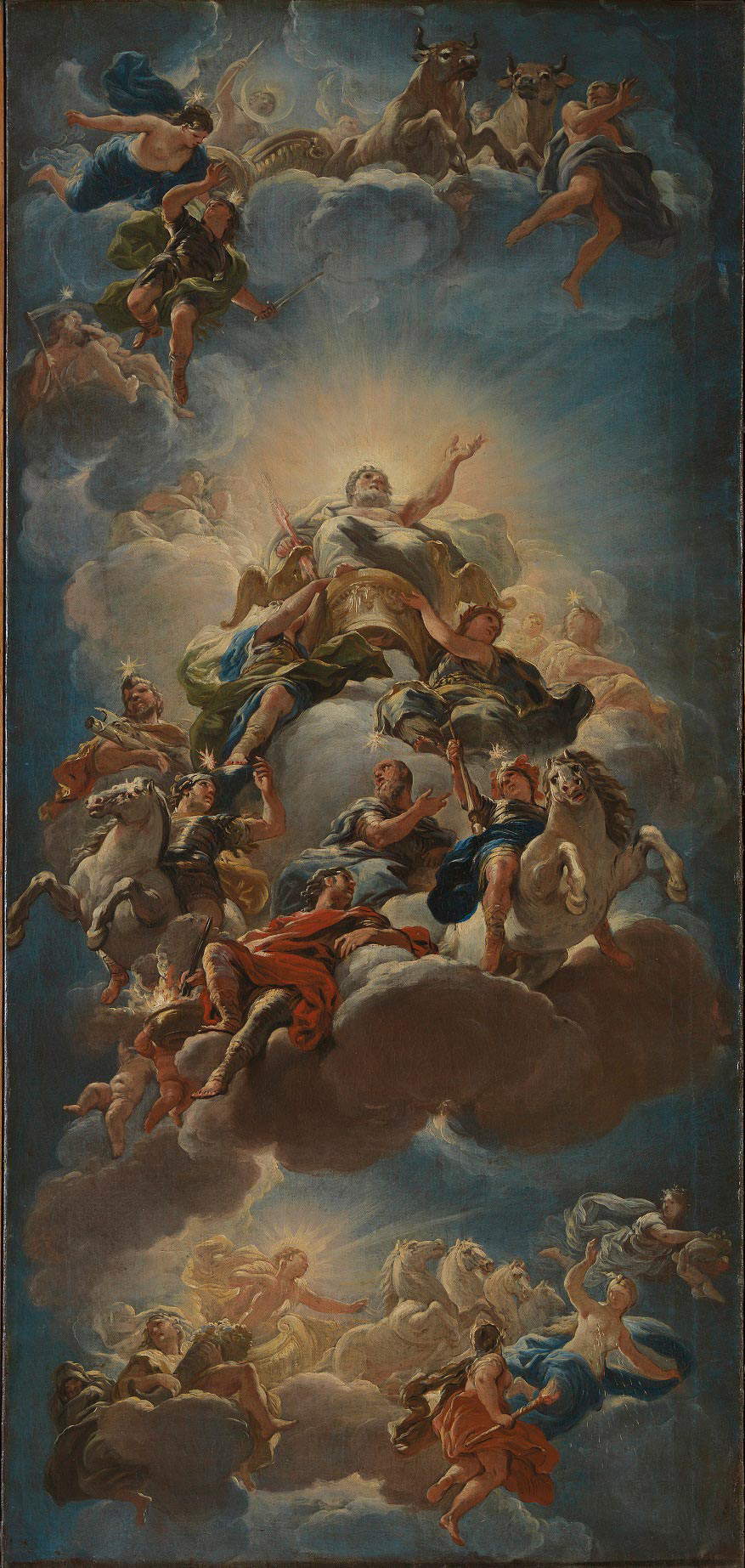
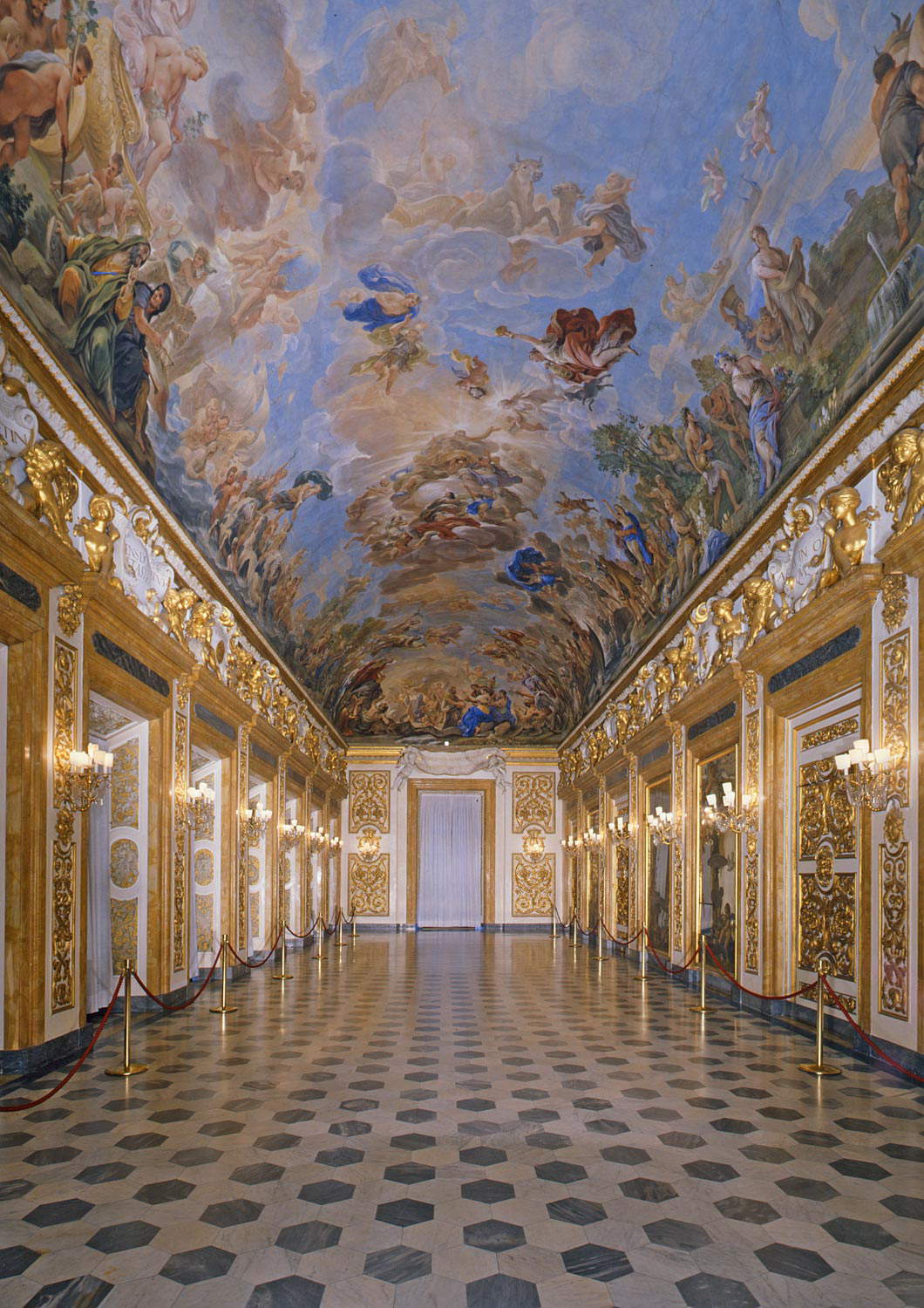
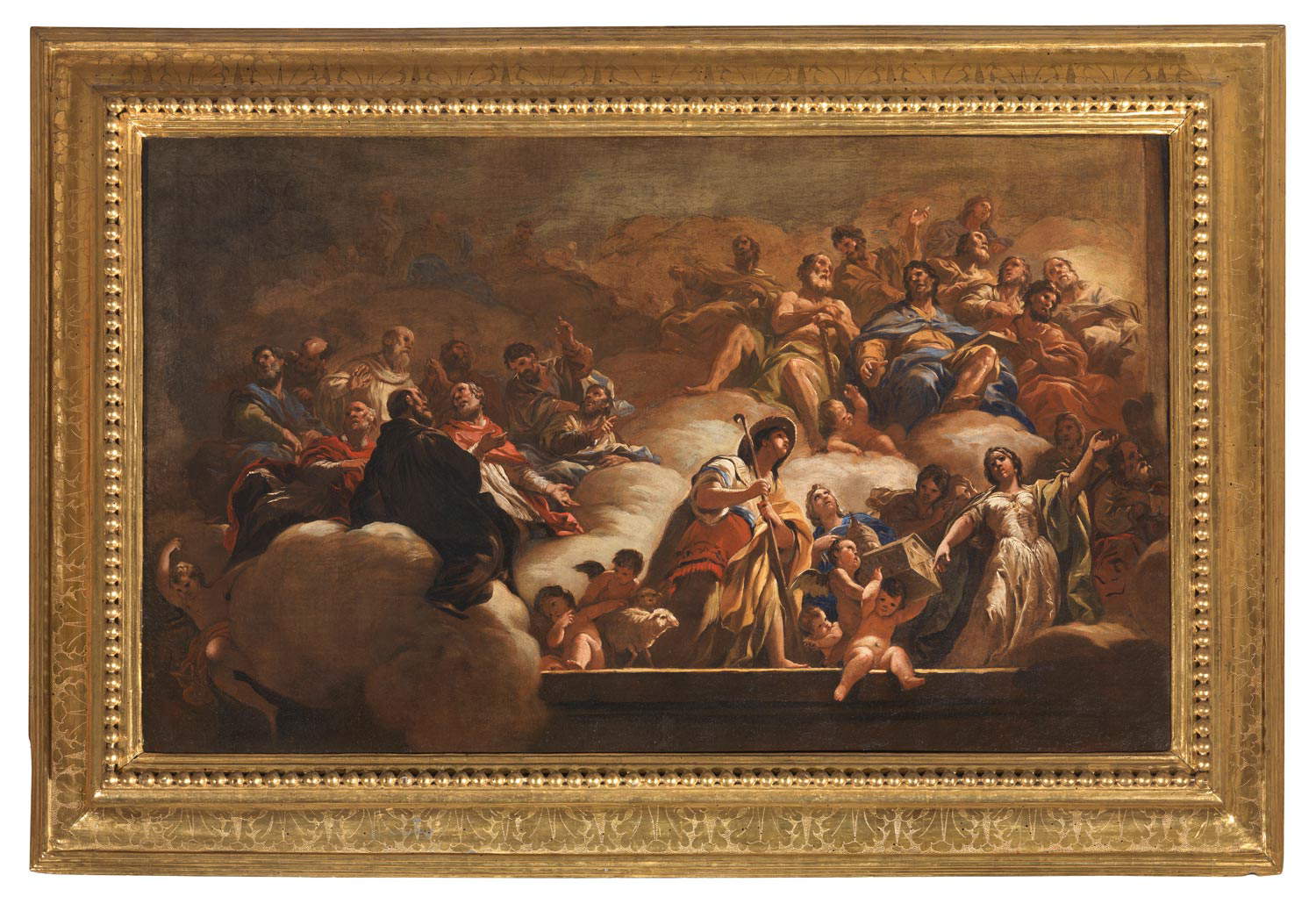
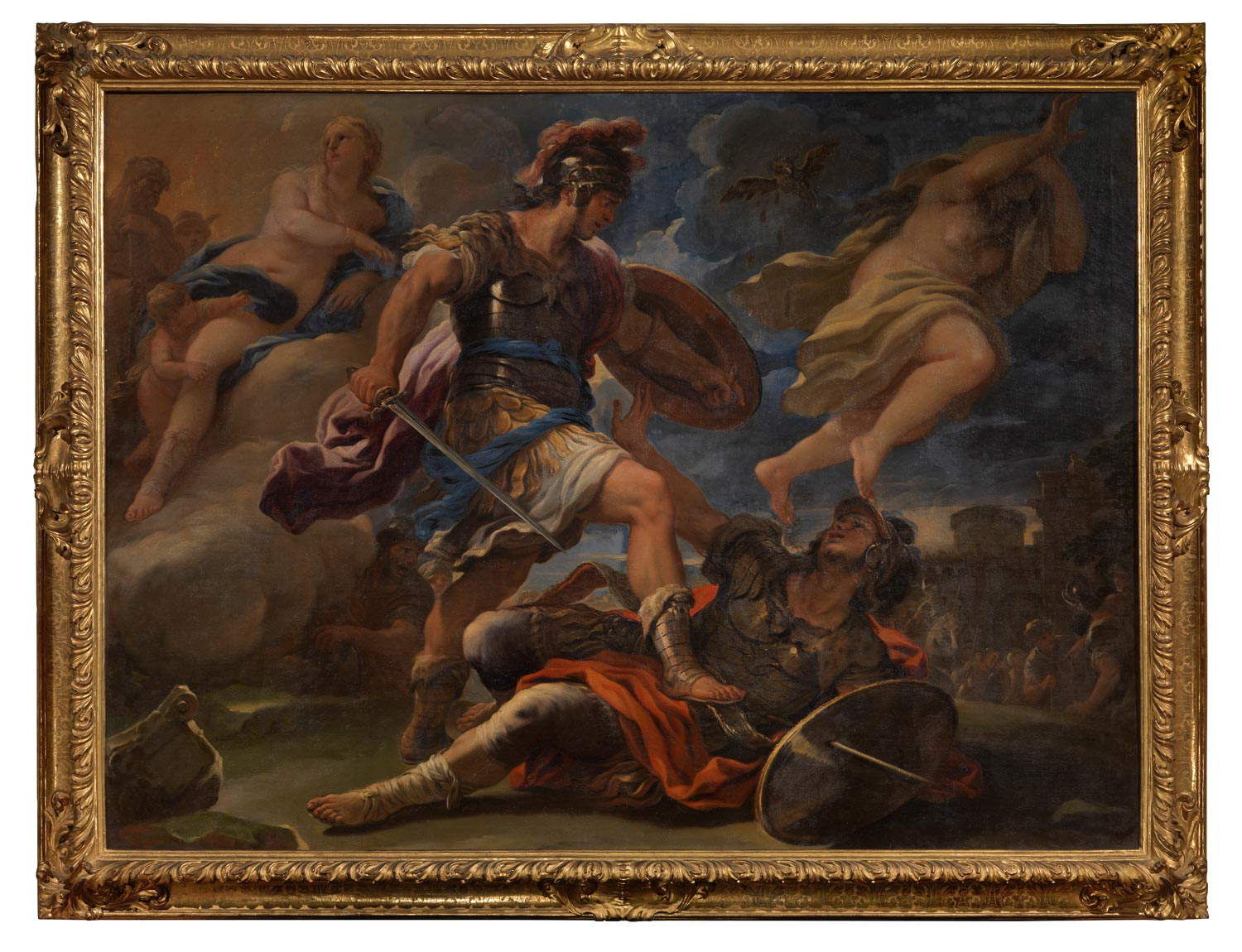
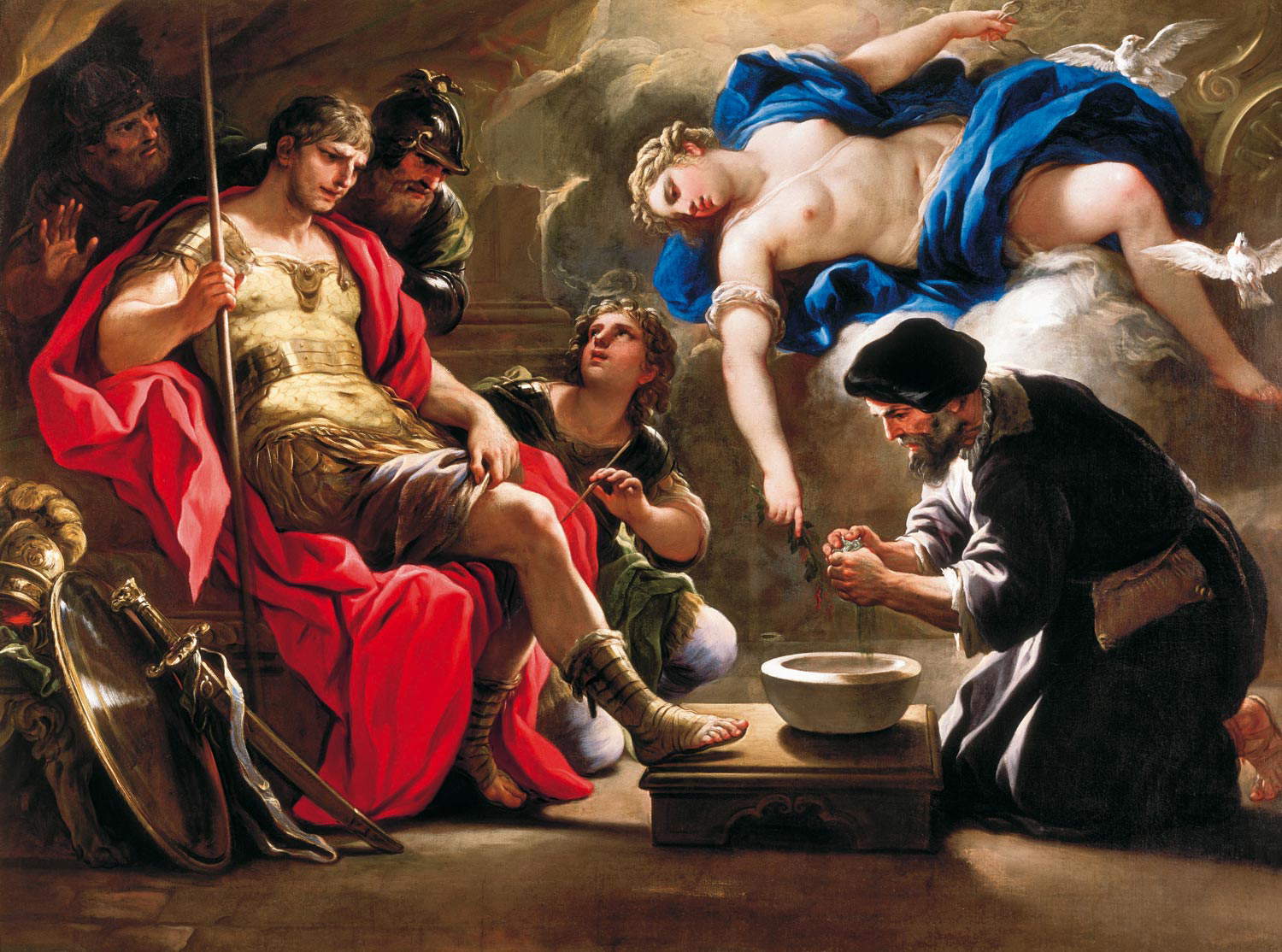
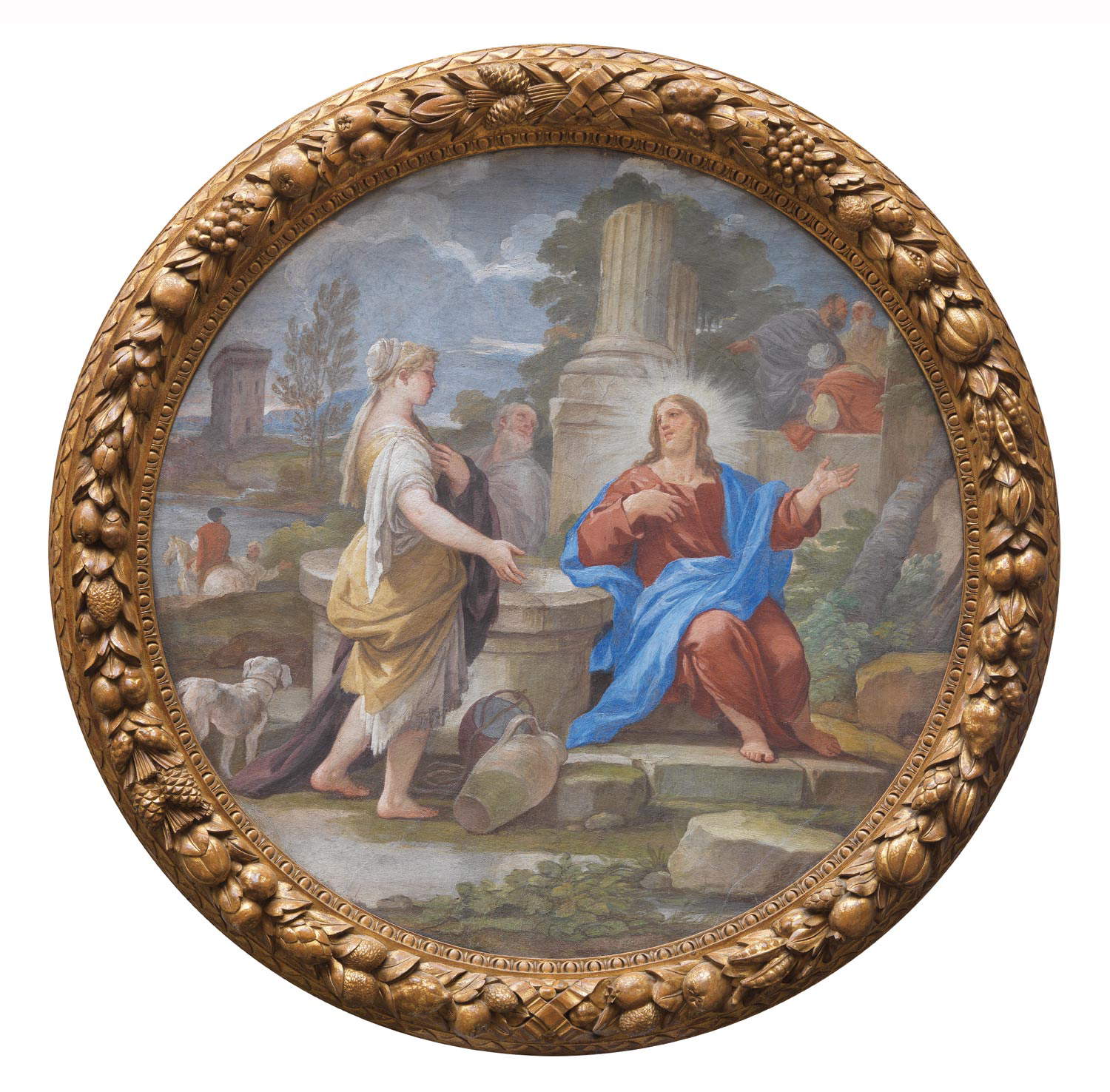
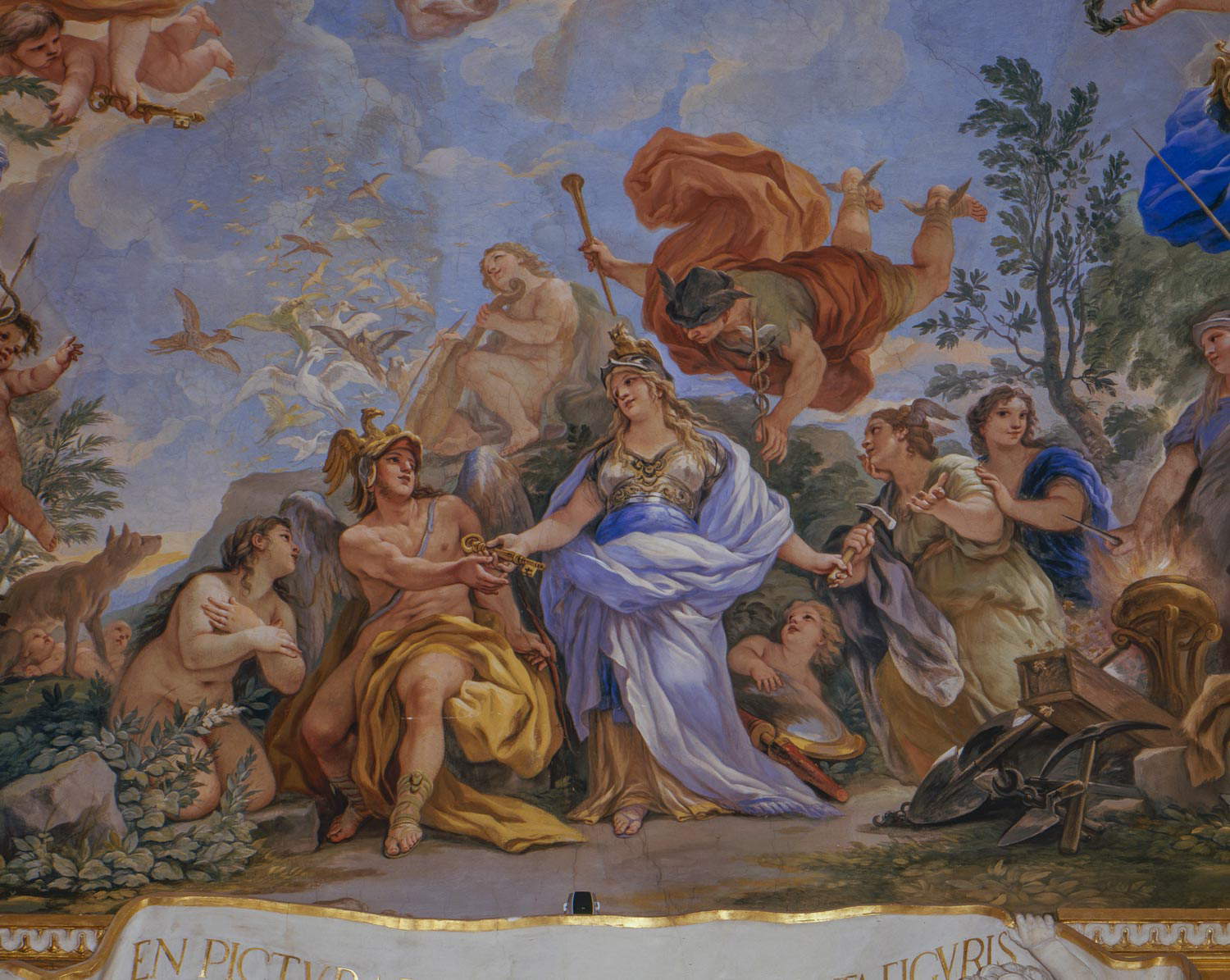
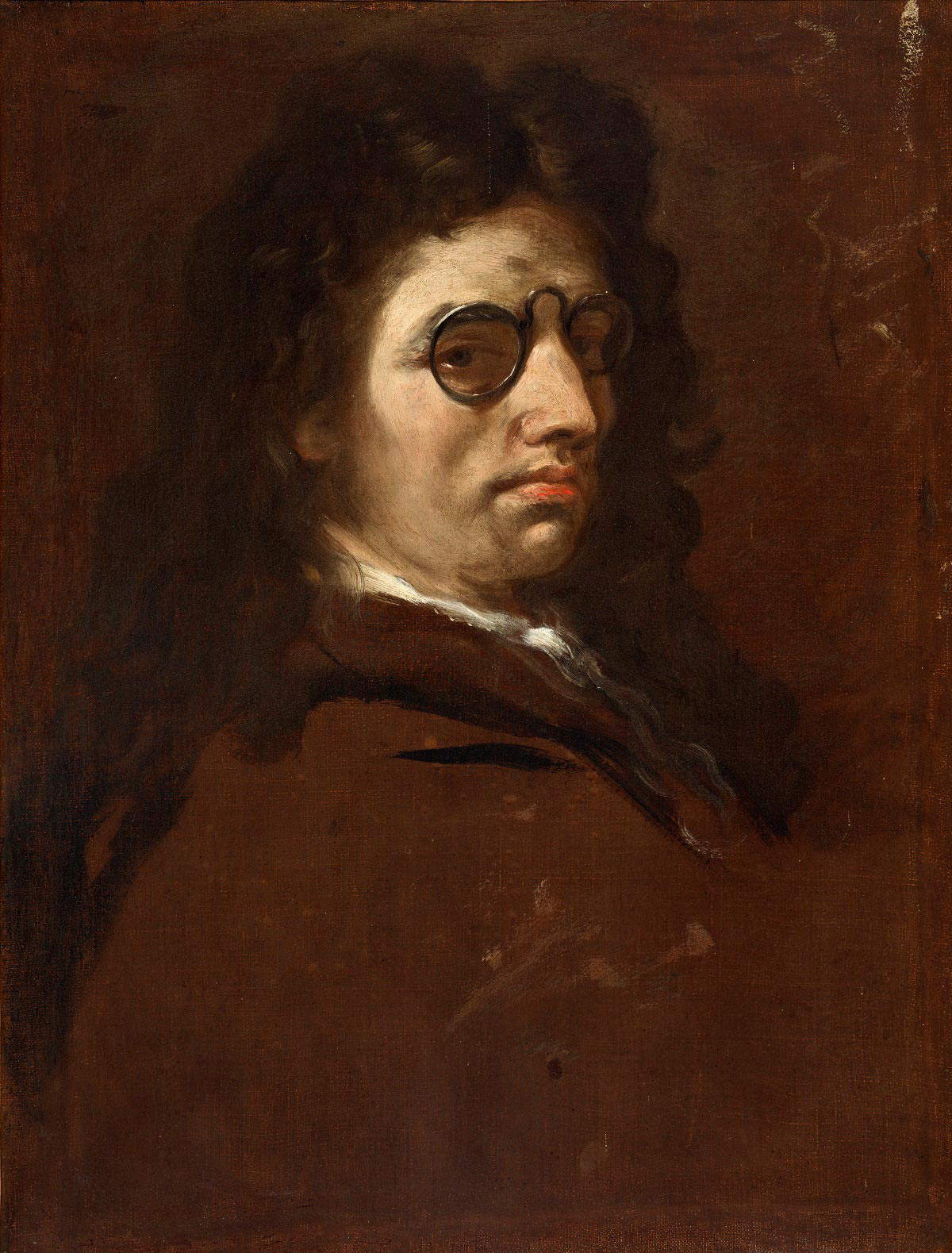
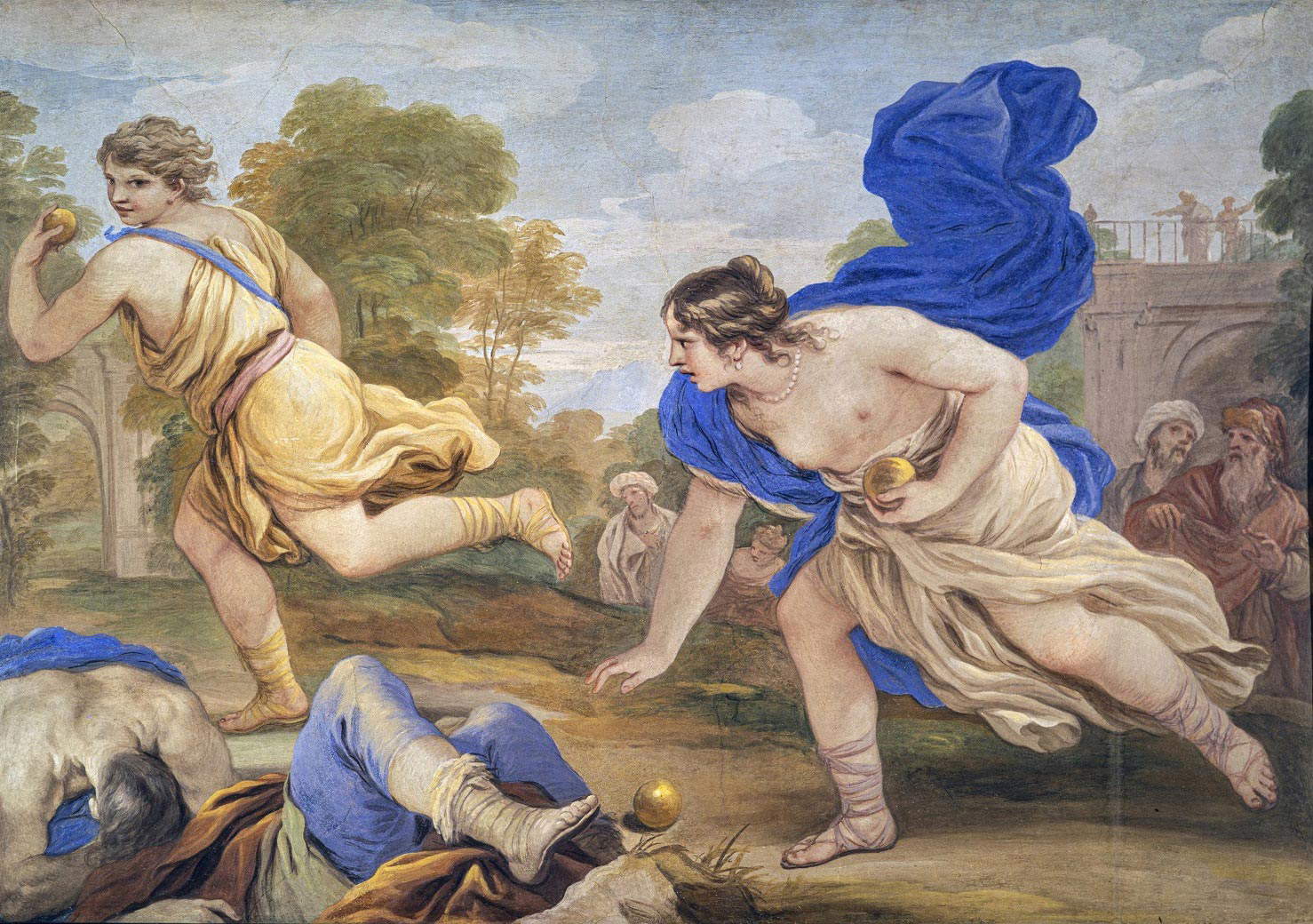
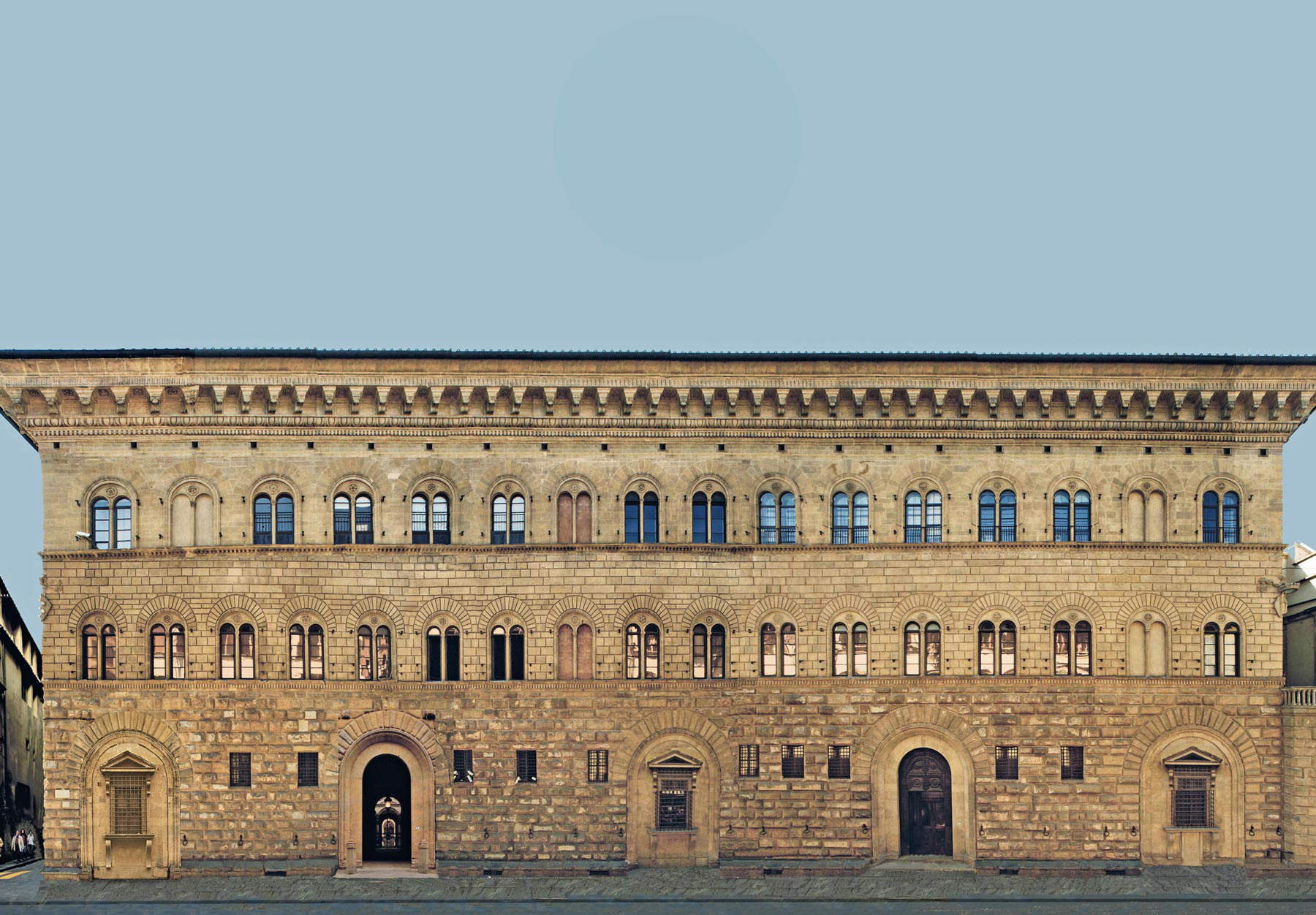
“We might wonder if Palazzo Medici Riccardi without the works of Luca Giordano would lose something of its magnificence,” says Dario Nardella, Mayor of the Metropolitan City. “Perhaps architecturally no, but certainly the Sala degli Specchi with its luminous vault and the fresco on the ceiling of the Biblioteca Riccardiana give a sense of regal majesty capable of arousing wonder and great attraction, which combines admirably with the jewel that is Benozzo Gozzoli’s Chapel of the Magi. The exhibition dedicated to Luca Giordano is certainly due on the part of the Metropolitan City of Florence, which recovers to its attention a comprehensive look at the art of this master, declined in more than a thousand works. But it also tells us how Florence is a chair of art and an essential node of growth along the route that connects Naples to Rome to Florence and from there to Bologna and Venice, so decisive not only for our past, but also for the present and future.”
“This exhibition has something extraordinary,” comments Valentina Zucchi, curator of the Museo di Palazzo Medici Riccardi and the exhibition. “Presenting paintings related to the Riccardi gallery and library vaults in these very places gives a rare emotion and offers an opportunity to analyze their themes and techniques with even greater depth, appreciating their artistic narrative and creative process. Again, this exhibition presents the gaze with a roster of wonderful works, a valuable insight into Luca Giordano’s fortune among the great Florentine collectors. Indeed, the attention and admiration that he garnered from the great families in the city is attested by paintings of great impact and charm, which well render the mastery and dexterity of the ”most famous painter in Italy“ in elaborating stories of all kinds with inventiveness and wisdom. Drawing this exhibition together with Giuseppe Scavizzi and Riccardo Lattuada was a genuine pleasure and a great honor: the exhibition is a true feast for the eyes, a tribute to an artist who was highly appreciated in his time and is still incredibly exciting. It is the fruit of the intense and demanding teamwork deployed for the past two years by the professionals of the Metropolitan City of Florence and MUS.E, the fruits of which are such thanks to the valuable collaboration of prestigious Florentine, Italian and foreign institutions. To all those who have believed in this project goes our full gratitude.”
“Upon his arrival in Florence, where he would work over a period of about three years (1682-85), Luca Giordano was already a famous artist who had produced ambitious works for most of Italy’s regional states, but Florence was still the artistic center that had shown Europe the way to the Renaissance and Modern Manner,” explains Riccardo Lattuada, curator of the exhibition. "Giordano was aware of this, and from his earliest dealings with connoisseurs and collectors in the grand ducal capital he assumed a posture of respect but also of challenge: respect for Florentine prestige, but challenge to the more eminent and modern works of Pietro da Cortona and Ciro Ferri at the Palazzo Pitti, and also to the sublime devout purism of Carlo Dolci. The pinnacle of this affair is the Gallery of Palazzo Medici Riccardi, alongside which flourished works of powerful emotional and formal impact that aroused the admiration of the Florentine art world and the leading art historian of the time, Filippo Baldinucci, and paved the way for the aesthetics of Arcadia."
“Giordano’s two stops in Florence in 1682 and1685,” adds curator Giuseppe Scavizzi, “are important because they represented a vital moment of the late Baroque in Florence, but also because the city’s intellectual climate allowed the painter to reach new artistic levels. And these are the points that the exhibition aims to study in greater depth.”
“The Opificio’s collaboration with Città Metropolitana and MUS.E could not have found a better start than this study project on Luca Giordano’s vault,” explains Emanuela Daffra, acting superintendent of theOpificio delle Pietre Dure. “The analysis conducted by the restorers of the Mural Paintings and Stuccoes Sector Maria Rosa Lanfranchi and Sara Penoni, with the coordination of director Renata Pintus and the support of the Institute’s Scientific Laboratory, has allowed us to collect a great amount of information that will help us understand on what technical solutions Luca Giordano’s proverbial rapidity and the extraordinary freshness of this decoration is based, clarifying in particular the constructive path of the work and defining the painter’s palette. Retracing the traces of his work was as exciting for us as finding ourselves on the scaffold with the artist.”
“The Riccardiana Library and Gallery are the only rooms that have remained intact since the seventeenth century, conceived by their former landlord, Marquis Francesco, in function of each other from an artistic and functional point of view,” adds Francesca Gallori, director of the Riccardiana Library. “The richness of our book heritage, which remained in the place chosen by the Riccardi family, could only encourage the library’s contribution to this important exhibition on Luca Giordano, with an exhibition focused on the possible literary and iconographic sources present to the imaginaries of the Neapolitan painter and his contemporaries.”
“The decision to tell the story of Luca Giordano’s artistic experience through his works,” says Silvana Ballotta, director of Business Strategies, “is an important step to learn more about the history of Florence and an era, that of the second half of the 1600s, which was a formidable period for art and culture. The investment of the city’s great lords, with the Medici family leading the way, inevitably recalls the concept of patronage that was very deeply rooted in the period. Business Strategies thus continues its collaboration with MUS.E, Palazzo Medici Riccardi and the Metropolitan City of Florence with the aim of raising awareness of the artistic and cultural excellence of our national heritage.”
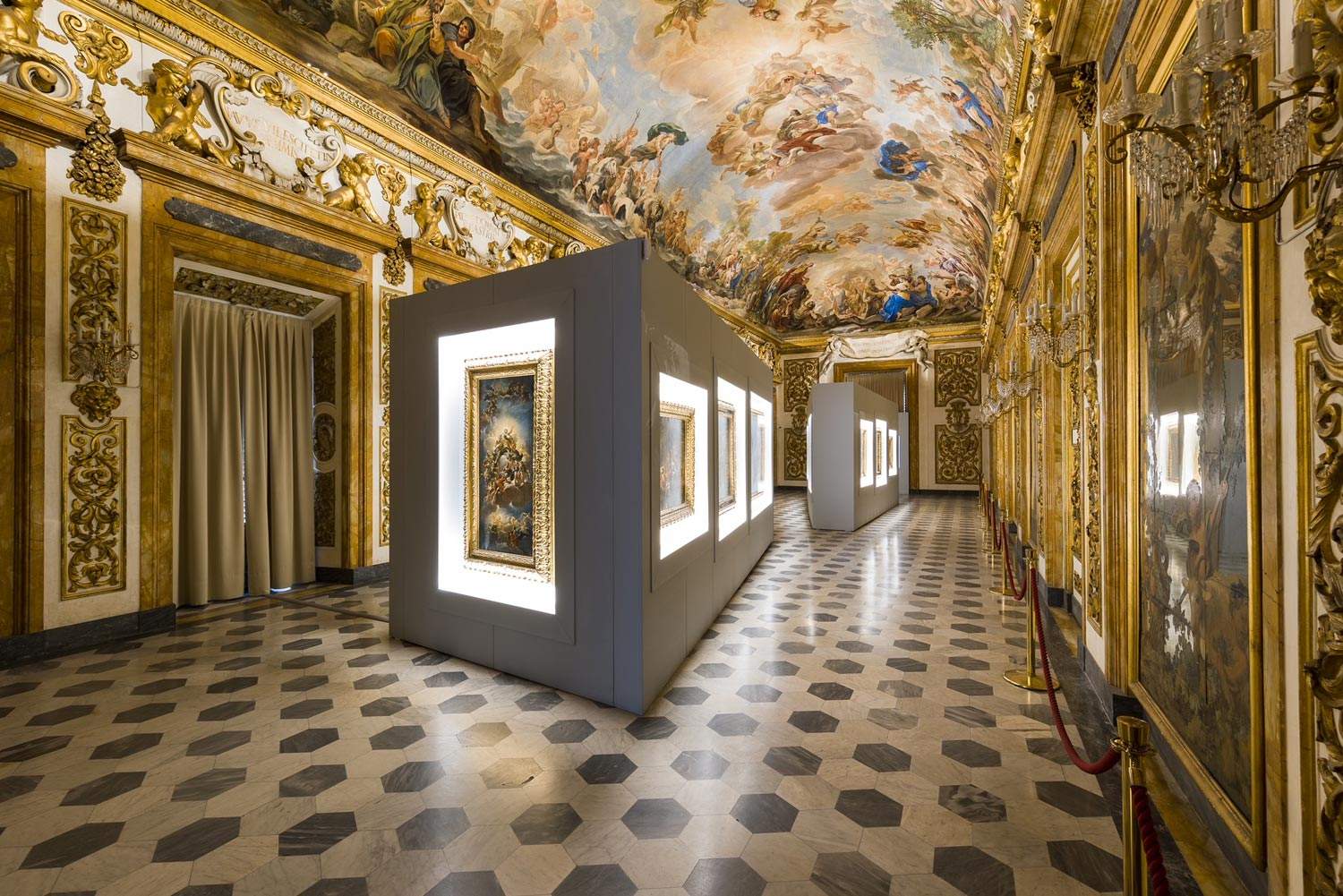
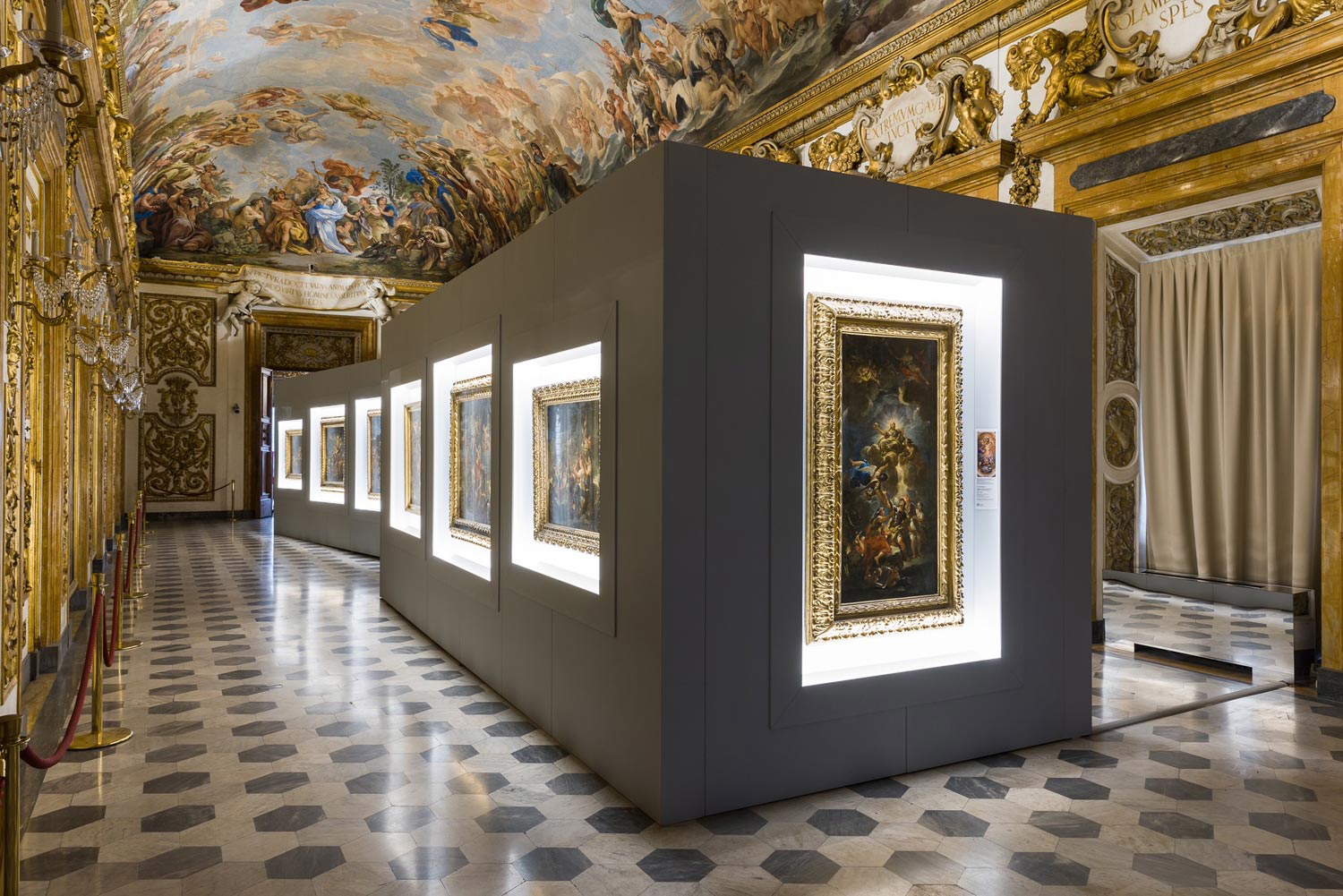
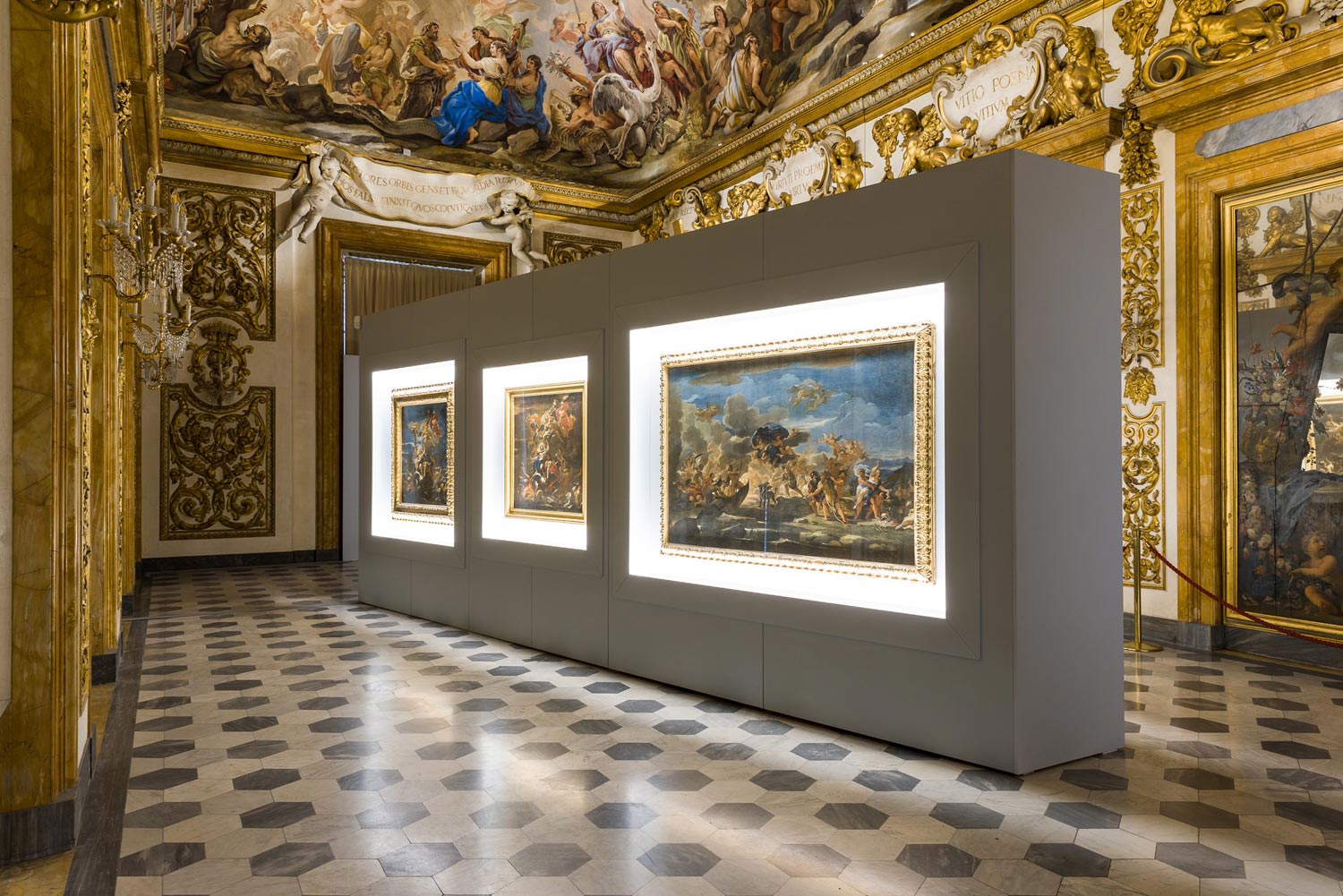
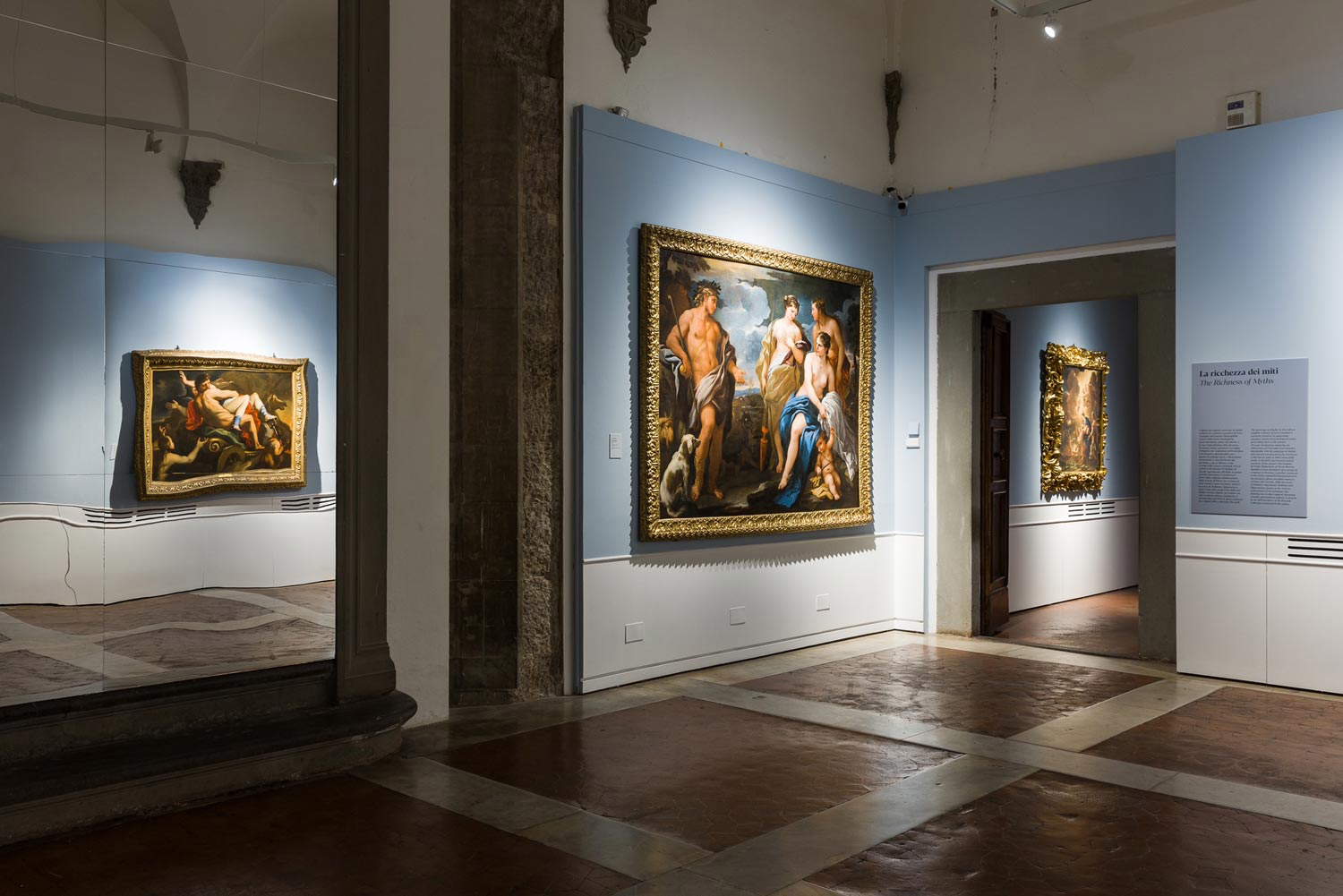
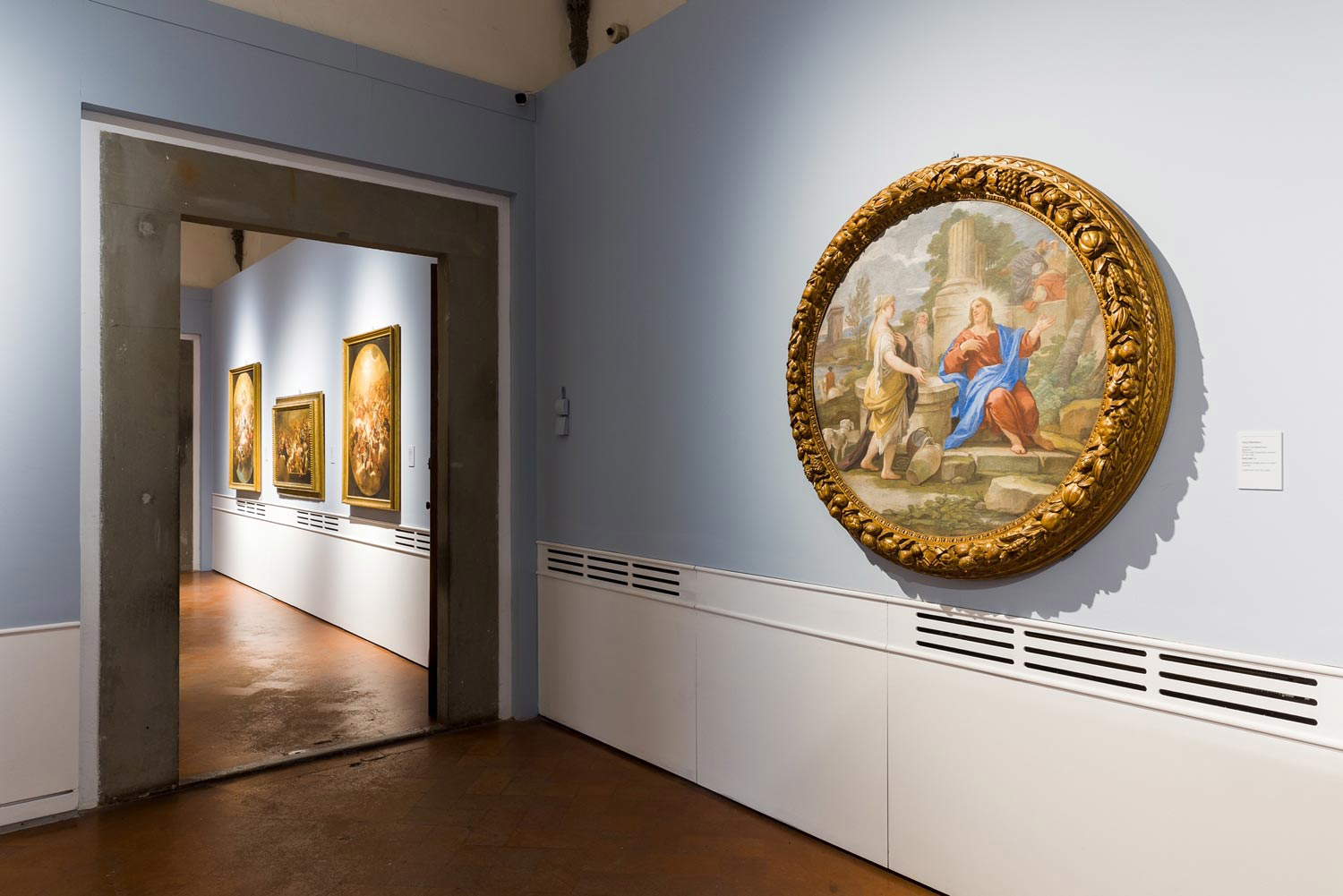
 |
| An exhibition in Florence on Luca Giordano and his relationship with the city |
Warning: the translation into English of the original Italian article was created using automatic tools. We undertake to review all articles, but we do not guarantee the total absence of inaccuracies in the translation due to the program. You can find the original by clicking on the ITA button. If you find any mistake,please contact us.